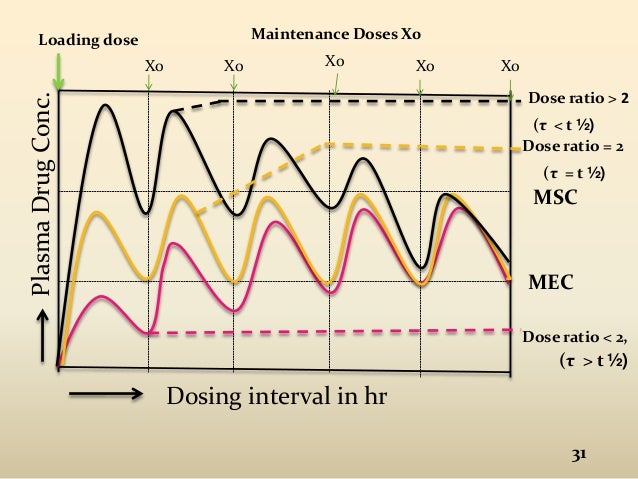SUMMARY AND RECOMMENDATIONS
●Elevations in pancreatic enzymes are not specific for acute pancreatitis. Between 11 and 13 percent of patients admitted to the hospital with non-pancreatic abdominal pain have elevated pancreatic enzymes. (See 'Epidemiology' above.)
●Elevated amylase and lipase may be due to increase in pancreatic or extrapancreatic production or a decrease in clearance (table 1 and table 2). However, in some cases pancreatic enzymes can be elevated in the absence of an identifiable disease. (See 'Causes' above.)
●Patients with acute pancreatitis typically have a threefold elevation of amylase and/or lipase. However, patients with acute on chronic pancreatitis, hypertriglyceridemia-induced pancreatitis, and alcoholic pancreatitis may only have elevations in lipase. Isolated elevations in amylase may be due to salivary disease, and in rare cases, due to macroamylasemia. (See 'Isolated amylase elevation' above and 'Isolated/predominant lipase elevation' above.)
●The approach to the patient with abdominal pain and elevated amylase and/or lipase is based on whether the clinical presentation is consistent with acute pancreatitis. (See 'Initial approach' above.)
•In patients with characteristic abdominal pain and elevation in serum lipase or amylase up to three times or greater than the upper limit of normal, no imaging is required to establish the diagnosis of acute pancreatitis. (See 'Presentation consistent with acute pancreatitis' above.)
•In patients whose clinical presentation is not consistent with acute pancreatitis, we obtain a detailed clinical history that includes medications, laboratory evaluation, and abdominal imaging to determine the cause of abdominal pain and elevated pancreatic enzymes. (See 'Presentation inconsistent with acute pancreatitis' above.)
●Subsequent management in patients with a negative initial evaluation depends on the presence of continued abdominal pain. (See 'Subsequent approach' above.)
•In patients in whom abdominal pain has resolved, we do not pursue additional evaluation. (See 'Patients without persistent abdominal pain' above.)
•Patients with persistent abdominal pain with negative initial imaging should be evaluated for other causes of abdominal pain. Repeating amylase and/or lipase in such patients is not clinically useful. Additional evaluation with endoscopic ultrasound can be helpful in the diagnosis of chronic pancreatitis, and in patients suspected of having an occult pancreatic malignancy. (See 'Patients with continued abdominal pain' above.)
